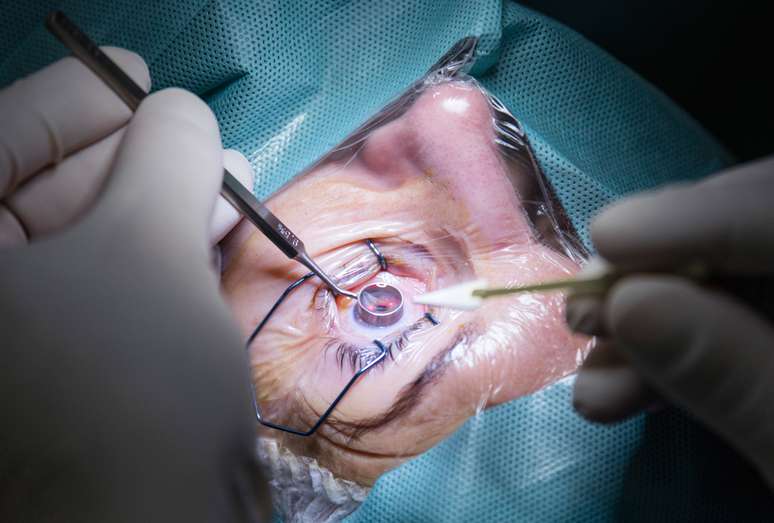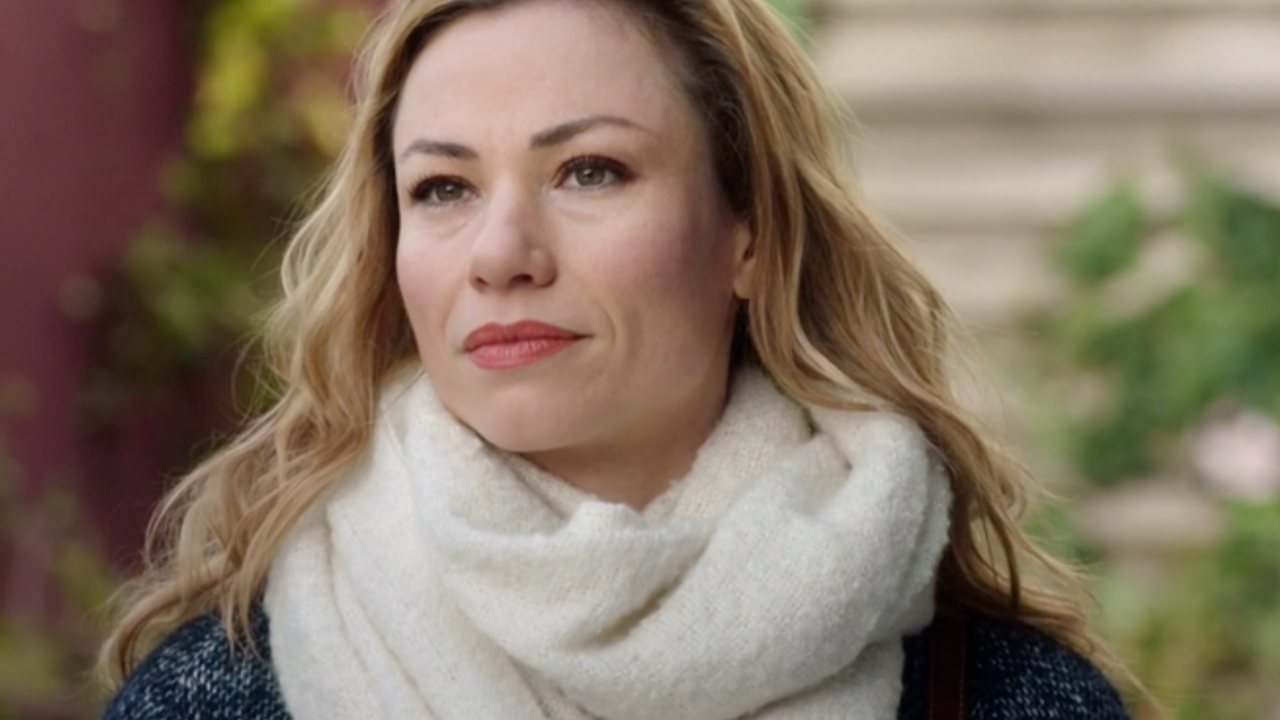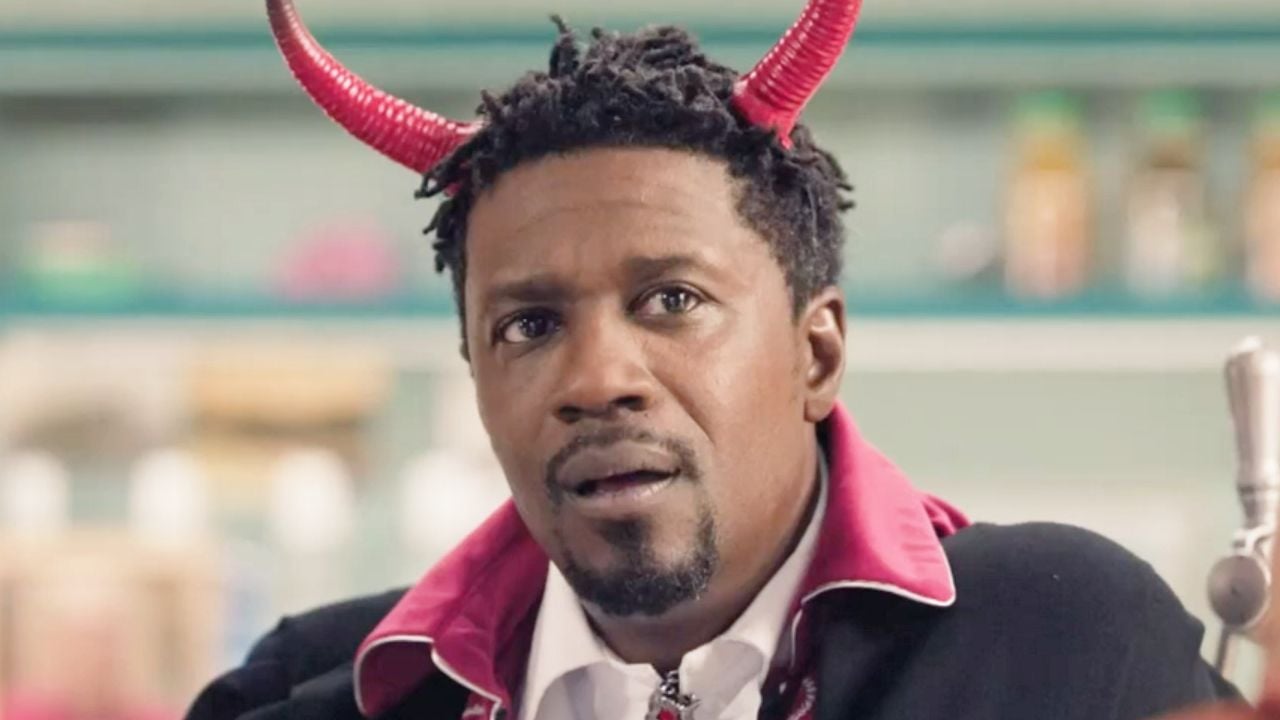After undergoing his first corneal surgery, the 59-year-old designer needs another operation; Brazil has news in the area
html[data-range=”xlarge”] figure image img.img-37984bbc3d0206ee03d8ed13320c6b1eh3pucjcz { width: 774px; height: 1025px; }HTML[data-range=”large”] figure image img.img-37984bbc3d0206ee03d8ed13320c6b1eh3pucjcz { width: 548px; height: 726px; }HTML[data-range=”small”] figure image img.img-37984bbc3d0206ee03d8ed13320c6b1eh3pucjcz, html[data-range=”medium”] figure image img.img-37984bbc3d0206ee03d8ed13320c6b1eh3pucjcz { width: 564px; height: 747px; }HTML[data-range=”small”] .article__image-embed, html[data-range=”medium”] .article__image-embed {width: 564px; margin: 0 automatic 30px; }
Designer Andrea Riane Rocha (59) is in line for the second time for a cornea transplant. Due to stress and other clinical factors, she will have to repeat the procedure as her vision is impaired again. She’s not the only one facing this wait.
According to the Ministry of Health, in 2022 alone, almost 14 thousand corneal replacement operations were performed in Brazil. The rejection rate of the procedure, however, is high – about 15% – and, even if recipients get a new operation, the odds decrease with each transplant.
The cornea is located at the front of the eyeball (in front of the eye). It is a thin, delicate and transparent fabric that allows us to see clearly.

The most transplanted organ is also the one with the longest waiting list; know which one
Andrea says that, the first time, he waited in line for about 3 years. He was 40 years old at the time and the operation went well. “I had vision correction surgery and the doctor found that I had keratoconus (a condition that causes the cornea to lean forward, forming a protrusion and affecting vision). I waited a few years and during the waiting time , I could practically only see with one eye,” he explains.
While waiting for his first transplant, Andrea remembers suffering from things that, for many, are trivial, like taking a bus, for example. “As a child I was bullied and given nicknames. I hit and tripped over everything, they made fun of me because I couldn’t see well.”
Now the situation is more “controlled”. Due to stressful situations and physical exhaustion, she once again had to queue for transplants at the end of last year. “I have to visit the doctor every month. Luckily, my vision is more stabilized now. However, I spend a fortune on eye drops and wonder what it’s like for people who don’t have money for medicines,” she says.
In addition to her, due to an accident, Andrea’s brother also had to queue for transplants. “Not being able to see greatly worsens the quality of life,” guarantees the designer.
News in Brazil

More recently, Brazilian researchers at the Federal University of São Paulo (Unifesp) developed the country’s first 100% artificial cornea, called a keratoprosthesis. The goal of the prosthetic is to expand access to treatment, combat the rate of rejection of transplanted organs and also reduce dependence on imported materials.
The artificial cornea is made of biocompatible material, acrylic polymer (PMMA) and 3D printed titanium. “There is no cure for blindness and we do not yet have these keratoprostheses to provide to patients. For this to become a reality, we need the support of funding agencies,” says Paulo Schor, one of the research leaders.
The researchers also underline that the use of the prosthesis does not replace the organ transplant and should only be considered a complement. This type of solution is recommended for a small portion of patients who have a prognosis for corneal transplant.
Source: Terra
Ben Stock is a lifestyle journalist and author at Gossipify. He writes about topics such as health, wellness, travel, food and home decor. He provides practical advice and inspiration to improve well-being, keeps readers up to date with latest lifestyle news and trends, known for his engaging writing style, in-depth analysis and unique perspectives.

-vbq95hgvcuau.jpeg)



-qhia6ba319wh.png)


